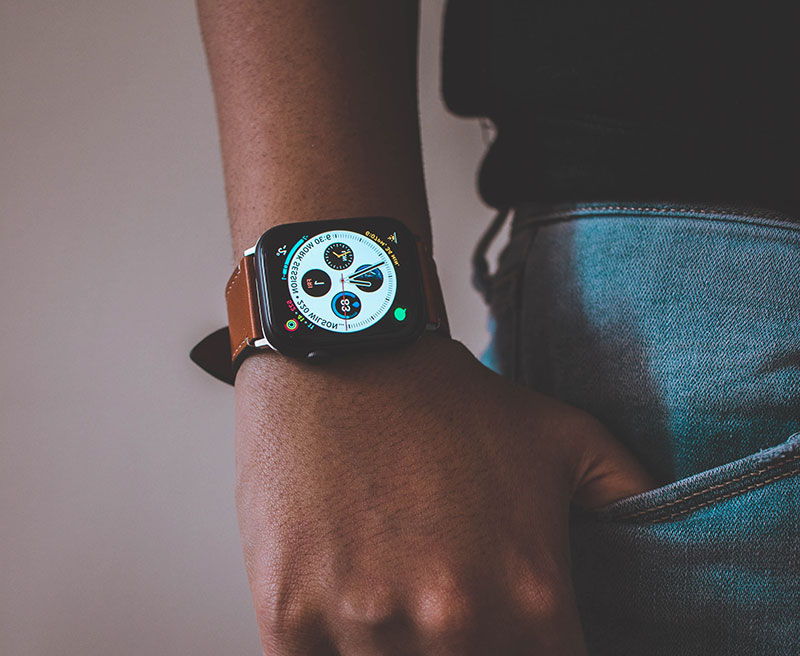Ever since fitness trackers and smartwatches equipped with heart rate monitors started entering the market, experts have questioned the accuracy of optical heart rate sensors when taking readings on different skin tones. Various studies on the matter that followed didn’t find a solution and the phenomenon hasn’t received much media attention, even as the market for smartwatches and fitness trackers has grown exponentially in recent years.
Read more Wrist-Based Heart Rate Monitors vs Chest Straps Compared
How Does the Heart Rate Sensor Work?
The most common wearable heart-rate sensors use an optical technique called photoplethysmography (PPG). In this technique, a very bright light penetrates your skin and tissue to measure blood flow. The blood running through your arteries absorbs light better than the surrounding body tissues. As the arteries contract and swell in response to pulsating blood pressure, the intensity of the reflected light rises and falls. The information is then reflected back and interpreted to provide your heart rate, reports DigitalTrends.
Consumer Complaints
Many users have complained online that their devices can’t get a reading on darker skin. But the wearable makers do not disclose the fact that their devices could be less accurate for some consumers.
How Skin Tone Affects the Sensor
Skin color is determined by the concentration of the skin pigment, called melanin. Greenlight has been shown to be passing through lighter skin tone better than darker skin. In PPG sensors, this means less light reaches the blood vessels of people with darker skin and so the signal it receives is weaker and more prone to error.

“Previous research demonstrated that inaccurate PPG heart rate measurements occur up to 15 percent more frequently in dark skin as compared to light skin,” says Jessilyn Dunn, an assistant professor of biomedical engineering at Duke University. “That’s because darker skin has a higher melanin content, and melanin absorbs the wavelength of light that PPG uses.”
Read more Google Pixel Phones Will Soon Track Heart Rate and Respiratory Rate Using Your Phone’s Camera
Possible Solution
It’s not clear if changing the color of the light would solve this problem. For example, red light passes equally through all skin colors. But it provides poor performance compared to green light.
It is a complex problem for a heart rate sensor to provide accurate results all the time. Aside from skin tone, accurate heart rate measurement requires the sensor to come into contact with the skin properly. As companies are taking this issue seriously, the industry may adopt new methods to help us pick the best sensors for our individual skin tones.












